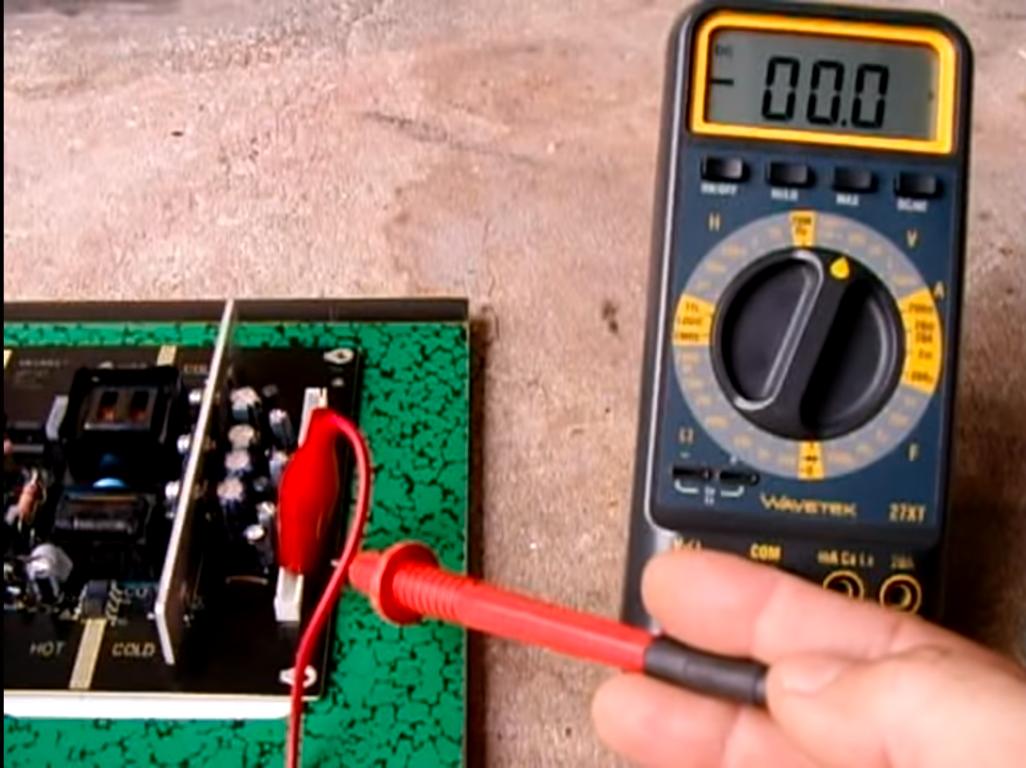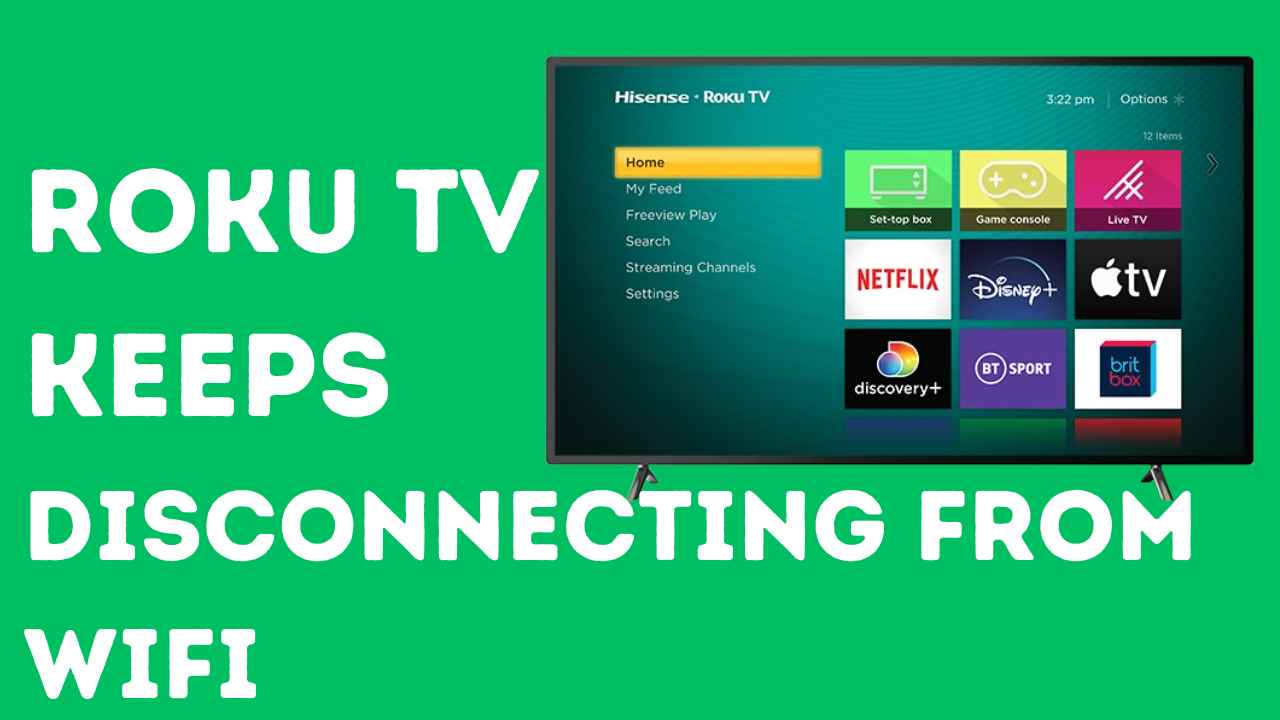A non-functioning Sansui TV can be frustrating, especially if you were in the middle of watching your favorite show.
There could be various reasons why your Sansui TV won’t turn on, and luckily, most of them have simple fixes that you can try at home before seeking professional help. Here are 9 potential solutions to get your Sansui TV up and running again.
First and Foremost: Important Time-Saving Tips for Readers
Before we dive into fixing your Sansui TV, let’s consider three key points to respect your time:
If you’ve recently purchased a Sansui TV and it’s already acting up, don’t stress. It’s advisable to seek a refund. Save your time and money.
There are other TVs in the same price range, like “Samsung” and “Sony”, which might offer better reliability.
Typically, a Sansui TV’s peak performance lasts about four years. If your TV has been a faithful companion for this duration, you’ve already got your money’s worth.
Trying to fix it now might only give you a temporary solution lasting a month or two. If you’re banking on it staying trouble-free after a fix, it’s not the best bet.
If your Sansui TV is younger than four years, there’s hope! You can explore the practical fixes we’ve outlined below. Follow these steps, and you might revive your TV without the need for a refund or replacement.
Now, let’s get into the nitty-gritty of troubleshooting your Sansui TV that refuses to turn on.
How To Fix Sansui TV Won’t Turn On
Check the power supply
The first thing you should do when your Sansui TV won’t turn on is to check the power source. Make sure that the power cord is plugged in properly and that the outlet is functioning correctly.
You can also try plugging another device into the same outlet to see if it works, as this will help determine if the issue is with the TV or the power source.
Check the Power Button on the TV
It is possible that the issue lies with your TV’s power button itself. If it appears to be stuck or unresponsive, try gently pressing and releasing it a few times to see if that helps.
If this does not work, you can also check if there is anything obstructing the power button, such as dust or debris.
In some cases, the power button may need to be replaced, which can be done by a professional technician.
Look for Error Messages
If your Sansui TV has an LCD screen, it may display error messages that can help diagnose the problem. These messages could indicate issues such as a loose cable connection or an internal hardware malfunction.
If you see an error message, refer to your user manual or contact Sansui customer support for further assistance.
Inspect the capacitors:
If the power source seems to be functioning correctly, you may want to inspect the capacitors on your Sansui TV. Capacitors are responsible for storing and supplying power to various components of the TV.
To inspect capacitors in a Sansui TV , you can start by visually inspecting the capacitors for any signs of damage, such as bulging or leaking.

You can also use a multimeter to test the capacitance and voltage ratings of the capacitors to ensure they are within the specified range. If a capacitor is found to be faulty, it should be replaced with a capacitor of the same value and voltage rating.
It is also important to note that working on electronic devices can be dangerous if not done properly, so it is recommended to have a basic knowledge of electronics and to take necessary safety precautions when working on a TV.
When testing capacitors with a multimeter, it is important to note that capacitors can retain their charge for some time even after the device has been unplugged.
Therefore, it is recommended to discharge the capacitor before testing it to avoid any risk of electric shock.
Power cycle the TV:
If your Sansui TV won’t turn on, try power cycling it. To do this, follow these steps:
- Unplug the power cord from the TV and wait for about 1-2 minutes.
- While the TV is unplugged, press and hold the power button on the TV itself for about 10-15 seconds.
- After waiting and holding the power button, plug the power cord back into the TV.
- Try turning on the TV using the remote or the power button on the TV itself.
Power cycling can sometimes resolve issues related to the TV not turning on properly. If this doesn’t solve the problem, there may be other underlying issues that require further troubleshooting or professional assistance.
Factory reset the TV.
If the power cycle doesn’t spark any life, it’s time for a factory reset. Please turn off the TV, unplug it, and hold down the power button for 30 seconds.
Some TVs even come equipped with a reset button; press it for 30 seconds while the TV is on. It’s a drastic measure, but desperate times call for desperate resets.
Also Read: How To Fix Green Screen On TCL Roku Tv?
Check the remote control.
Another common reason for a Sansui TV not turning on is an issue with the remote control.
To troubleshoot your remote control, start by checking the batteries to ensure they are fresh and properly inserted.
Next, verify that there are no obstructions between the remote and the TV, which could hinder signal transmission.
If issues persist, try resetting the remote control by removing the batteries, pressing and holding the power button for 30 seconds, and then reinserting the batteries.
Alternatively, if you have another remote that is compatible with your TV, use it to determine if the problem lies with the TV or the original remote.
Additionally, look into whether your TV supports a remote control app that can be downloaded to your smartphone, offering a convenient backup solution if your physical remote is malfunctioning.
Check the power supply board
If your Sansui TV won’t turn on, checking the power supply board is a possible solution. The power supply board regulates and distributes power to the TV’s components. If it’s faulty, the TV may not turn on or may have intermittent power issues.
To check the power supply board, you can start by visually inspecting it for any signs of damage, such as burn marks, bulging capacitors, or leaking fluids. If you don’t see any obvious signs of damage, you can test the board using a multimeter to check for voltage and continuity.
If you’re not comfortable doing this yourself, you can take the TV to a professional repair service. They can test the power supply board and replace it if necessary.
It’s also worth noting that power supply issues can be caused by external factors, such as power surges or voltage fluctuations. If you’re using a generator or inverter, the power supply may be unregulated, which can cause damage to the TV’s components. In this case, you may need to use a line conditioner or UPS backup battery supply to protect the TV.
Contact customer support
If all else fails, it’s time to call in the cavalry. Reach out to Sansui customer support or enlist the services of a qualified technician.
They have the experience and know-how to tackle the most stubborn of TV maladies. It might be the last resort, but often, professional intervention is the key to resurrecting our electronic companions.
Conclusion
In conclusion, there are several potential fixes for a Sansui TV that won’t turn on. From checking the power source and remote control to troubleshooting internal hardware issues, these solutions can help you get your TV back up and running in no time.
If all else fails, reaching out to customer support or seeking professional repair services may be necessary to resolve the issue. With proper maintenance and care, your Sansui TV should continue to provide you with countless hours of entertainment.
Remember, if you’re experiencing any other issues with your TV besides not turning on, be sure to consult the user manual or contact customer support for assistance.
Taking proper care of your TV can help prolong its lifespan and ensure optimal performance. So next time your Sansui TV won’t turn on, don’t panic – try these troubleshooting steps and hopefully you’ll have your TV back up and running in no time. Happy watching!
![Sansui TV Won't Turn On: [FIXED]](/uploads/add-a-heading-50_11zon.jpg)





